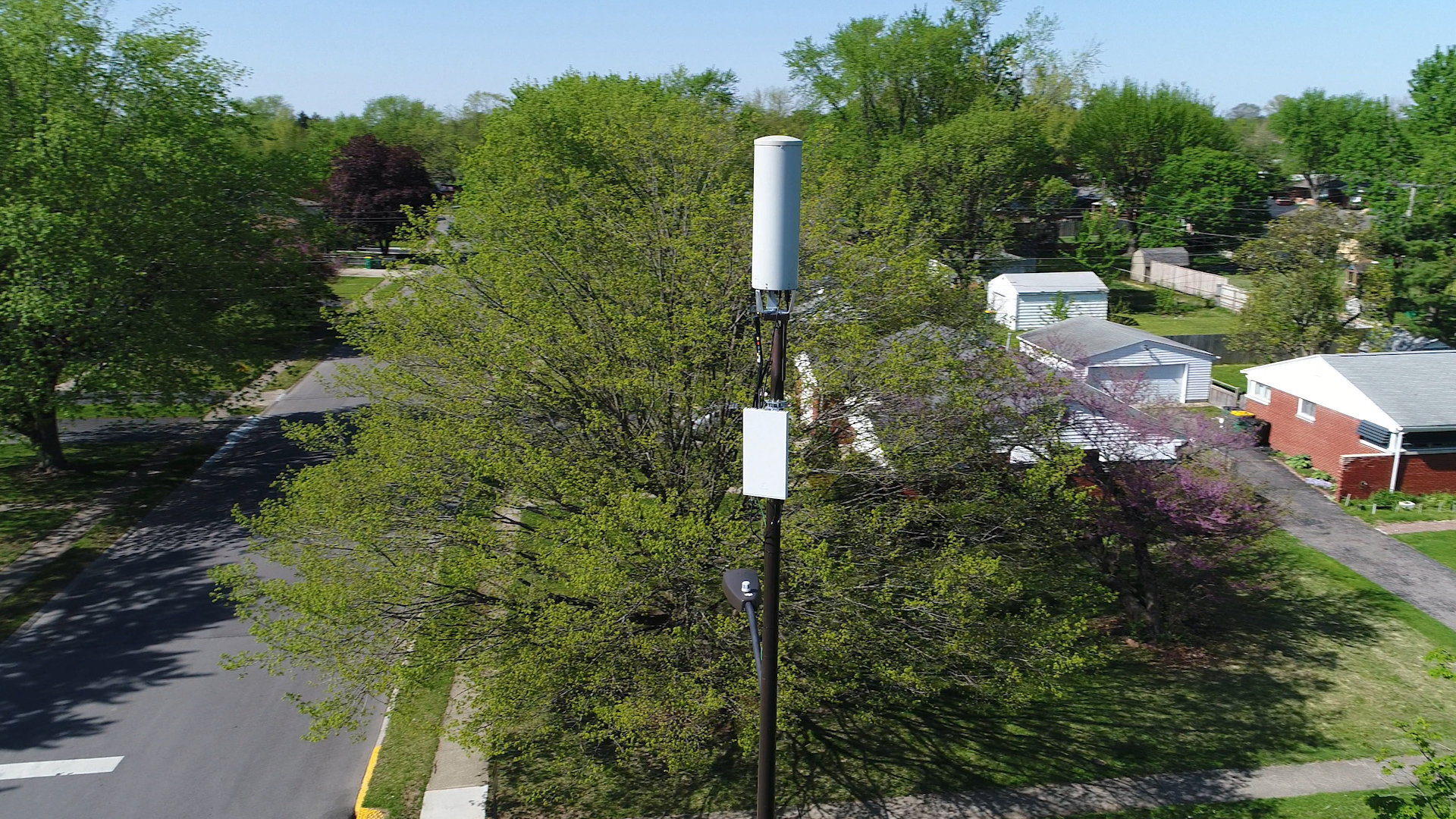T-Mobile, Verizon Fixed Wireless Subscriber Additions Could Double by 2023, Analyst Says
Wells Fargo Securities’ Steve Cahall says fiber, 5G buildouts will increase capital intensity for cable operators, telcos

Telcos like T-Mobile and Verizon could double their fixed wireless subscriber additions in 2023, according to Wells Fargo Securities media analyst Steven Cahall, who predicts that as competition between cable and telco service providers to extend their broadband reach into more rural markets heats up, capital intensity will rise too.
T-Mobile and Verizon have made the most headway on the 5G fixed wireless front, adding about 300,000 locations combined in Q4 2021. As mid-band network coverage improves, 5G fixed wireless offerings from those two companies are expected to scale and Cahall expects their 2022 estimated net additions of 1 million to 1.5 million to double to 2 million to 3 million in 2023.
“While T-Mobile has successfully been winning share in urban and suburban areas to date, we think the rural area remains the most feasible for broader fixed wireless adoption, with excess network capacity and more favorable competitive dynamics,” Cahall wrote.
Also: Verizon Recasts Jim Carrey as the Cable Guy for Super Bowl Fixed Wireless Ad
But reaching those rural areas will cost money, and both sides seem to be willing to pony up whatever is necessary.
In his research note, Cahall wrote that T-Mobile, Verizon and AT&T have already boosted spending on fiber and fixed wireless this year -- he estimated telcos will spend about $9 billion to connect 8 million new subscribers to fiber in 2022 and will add 9 million to 10 million new premises per year. AT&T, he wrote, appears positioned to add about 3.5 million new fiber locations in 2022 (up from 2.6 million in 2021).
Also: Verizon Expands Fios and 5G FWA Promo to Include the Disney Bundle
The smarter way to stay on top of the multichannel video marketplace. Sign up below.
For cable operators, capital intensity (capital expenditures as a percentage of sales), on the downward trend over the past few years as network buildout projects have been completed, will be on the way up beginning in 2022. Cahall estimates that Altice USA will see the biggest jump in capital intensity (from 12.8% in 2021 to 17.8% in 2022), followed by Charter (from 14.4% in 2021 to 16% in 2022) and Comcast (from 10.8% in 2021 to 11% in 2022).
Cable operators are expected to continue to deploy fiber, extending their reach deeper into rural markets. But Cahall added that they may have to tick up spending as telcos continue to encroach on the space and gain share, particularly through 5G fixed wireless broadband.
Also: Analyst Says Telcos Better Positioned to Chip Away at Cable’s Broadband Lead
“[W]e think connectivity markets have the makings of an arms race, so availability and speed improvements from cable/fiber/5G will lead to more higher-speed use cases (e.g. 8K video) that begets more connectivity competition that begets more capex,” Cahall wrote. “We thus think investors should not assume any capex holidays for Cable (as % of sales).”
Cahall sees fiber networks serving the heaviest broadband users -- those that work/school from home, are heavy streaming video users and/or gamers -- in rural markets. Lighter broadband users would gravitate to lower cost, lower speed fixed wireless offerings, he wrote.
Those lighter broadband users also tend to be older, tend to be more likely to subscribe to traditional pay TV and don't require ultra-high speeds for their data. Cahall pointed to Social Security Administration data that showed there are about 60 million U.S. residents over the age of 65, likely representing about 40 million homes that over-index on linear pay TV and under-index on heavy data download and upload requirements.
“As fixed wireless technology improves, we think that base of lower data consumption homes will become ripe customers for 5G with a wireless phone plan bundle,” Cahall wrote. “These cohorts may not seem like the obvious ‘early adopter’ set, but if 5G is inferior to fiber and DOCSIS 4.0 then it's exactly the sort of homes telco's 5G proponents like Verizon and T-Mobile may target. This is yet another medium-term risk to cable net adds and earnings.”
While most of the industry is bracing for a slowdown in cable broadband subscriber additions, Cahall estimated that cable operators should see their high-speed data customer growth moderate from an average of 4.6% between 2017 and 2019 to 2.6% between 2020 and 2025. At the same time, he predicted fiber and wireless broadband customer growth would increase by 13.9% and 19% from 2020 to 2025. As a result, cable broadband market share should drop from 65% in 2020 to 63% in 2025, while fiber would grow from 12% to 21% and wireless would more than double from 5% to 11% in the same time period.
“In short, the threat of fiber/fixed wireless is real, and its impact should only intensify as time advances,” Cahall wrote. ■
Mike Farrell is senior content producer, finance for Multichannel News/B+C, covering finance, operations and M&A at cable operators and networks across the industry. He joined Multichannel News in September 1998 and has written about major deals and top players in the business ever since. He also writes the On The Money blog, offering deeper dives into a wide variety of topics including, retransmission consent, regional sports networks,and streaming video. In 2015 he won the Jesse H. Neal Award for Best Profile, an in-depth look at the Syfy Network’s Sharknado franchise and its impact on the industry.

